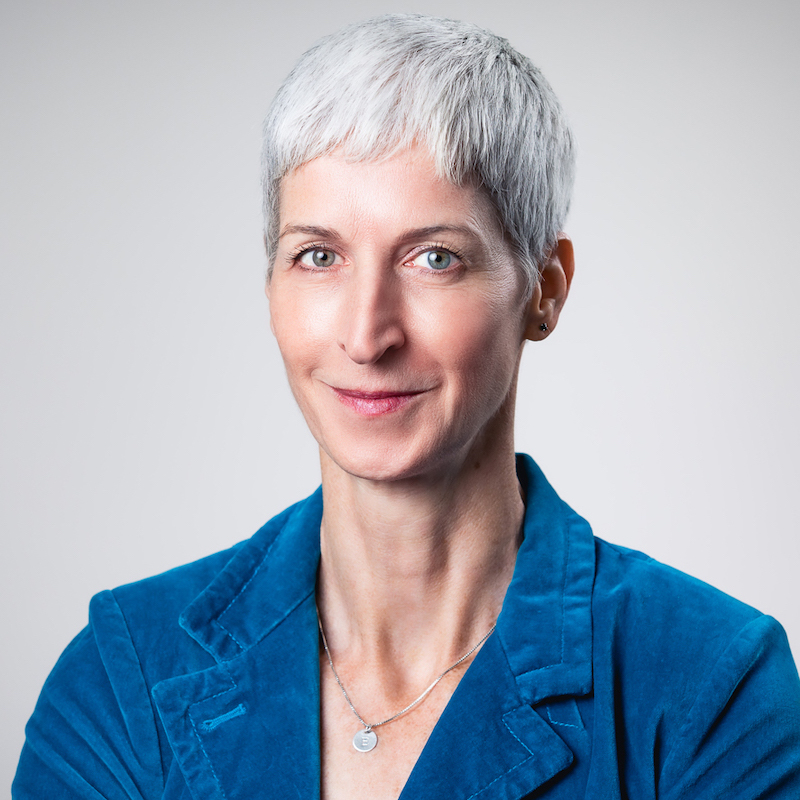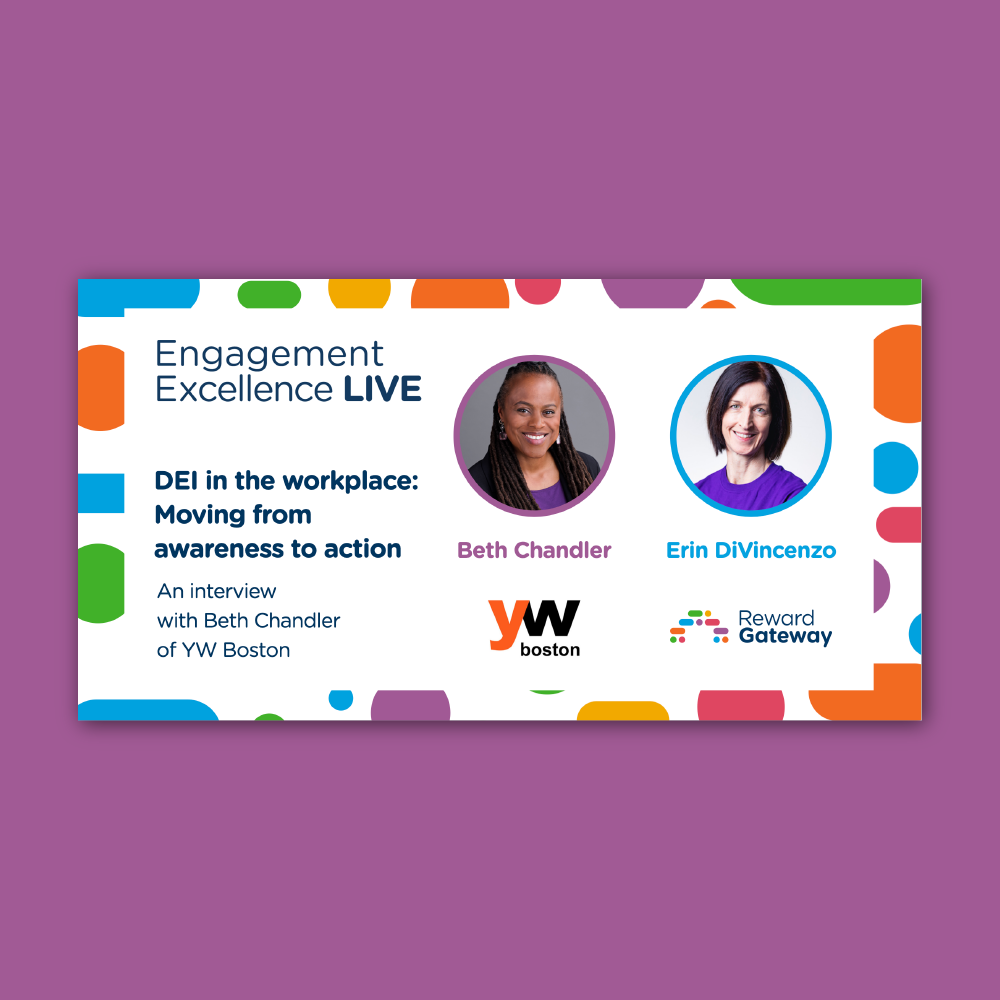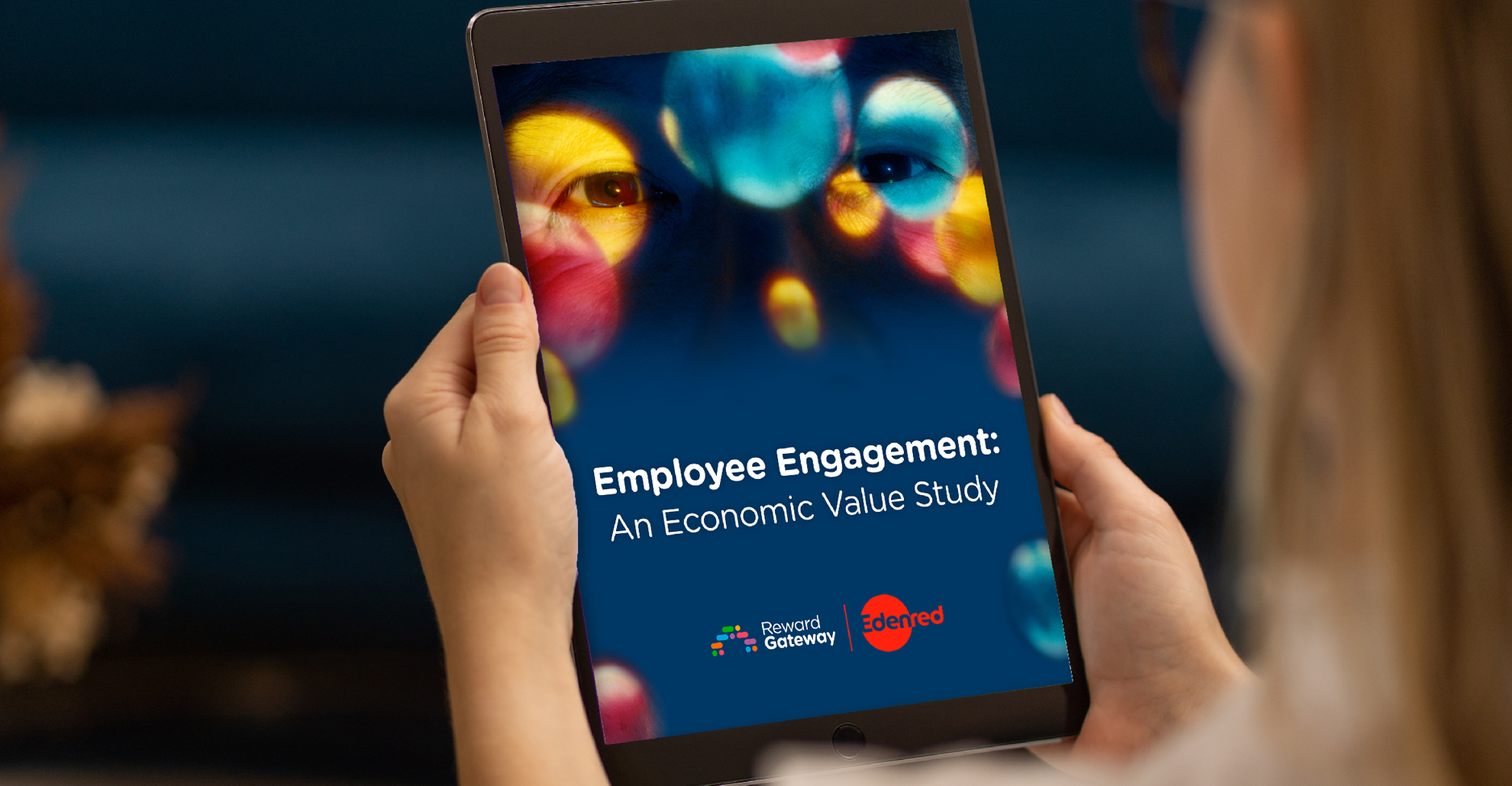An interview with EnExLive Keynote Speaker, Beth Chandler of YW Boston
3 min read
Beth Chandler is the President and CEO of YW Boston. As the first YWCA in the nation, YW Boston has been at the forefront of advancing equity for over 150 years. Its InclusionBoston Workshops have helped over 100 organizations further advance diversity, equity and inclusion within organizations by building knowledge that can shift attitudes and behaviors.
I had the pleasure of catching up with Beth and learning more about her experience in preparation for our EnExLive virtual event where Beth will be a keynote speaker.
Erin: Tell me about the mission of YW Boston and why you believe companies and organizations play a critical role in it.
Beth: Our mission is simple: we are dedicated to eliminating racism, empowering women, and promoting peace, justice, freedom, and dignity for all. The only way to achieve that, however, is by targeting organizational and systemic change. That means we need individuals and institutions to shift policies, practices, behaviors and attitudes to be more inclusive.

Erin: Changing institutions or policies seems like an overwhelming task. How can HR and other leaders help their organizations tackle the issue?
Beth: Each organization we work with is at a different point in their journey toward improving equity and inclusion. We provide a strategic framework with three levels, and then we create tools and metrics for each level. The levels are: peer-to-peer, organizational culture and the systemic level (micro, meso and macro).
Erin: Can you give examples of what you work on at each level?
Beth: Definitely, here are three examples.
| Micro: | We look at how people in an organization think, speak and behave towards one another. |
| Meso: | What are the organization’s values and what are the expected behaviors that bring them to life? How do managers support those values and reinforce desired behaviors? What are the recruiting, hiring and pay policies? |
| Macro: | This challenges the organization to examine beliefs and actions that have impacts beyond their company. Examples include questioning why their customer base, industry or partners may lack diversity. What assumptions are they making, that might bias their policies? |
Erin: We hear from HR leaders who are passionate about supporting DEI initiatives, but are often juggling competing priorities. What would you tell them?
Beth: We hear this a lot, and we always bring it back to data and the KPIs that matter most to the C-Suite. HR cannot own DEI – but they can champion the data behind it. For example, research shows that companies with inclusive talent practices generate up to 30% higher revenue per employee. Diversity and equity impacts many other aspects of the business, including:
- Turnover: Millennials of color are 3 times more likely to quit their jobs than their white counterparts. This turnover is costing companies $30.5 billion per year.
- Productivity: A 17% increase in team performance is reported by companies with inclusive cultures.
- Recruitment: 67% of job seekers cite workplace diversity as important to them.
Erin: Black Lives Matter has brought a global focus on racial equity issues. What do you hope emerges from this moment?
Beth: I want to see companies dedicated to making this more than just a moment, with organizations and people actively making this more of a movement that will be sustainable and really lead to real difference in Black people’s lives.
If you’re interested in hearing more about Beth’s story and methodologies, register for her EnExLive presentation:

 Erin DiVincenzo
Erin DiVincenzo



